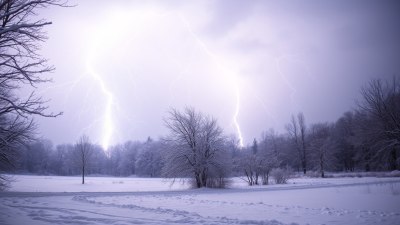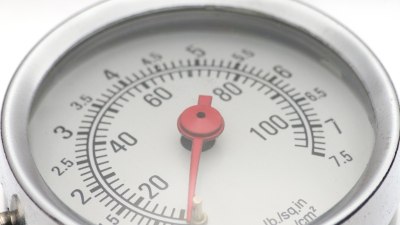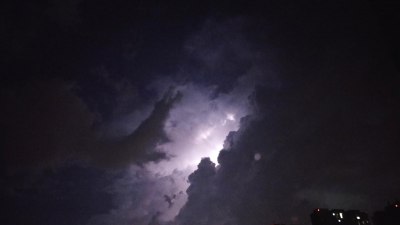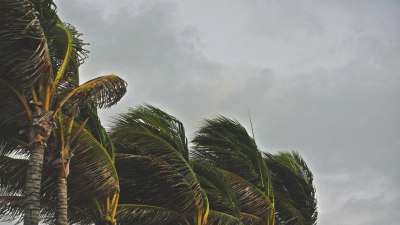Why Some Raindrops Freeze on Contact
Explore the science behind why some raindrops freeze upon contact with surfaces, including temperature, humidity, and conditions.
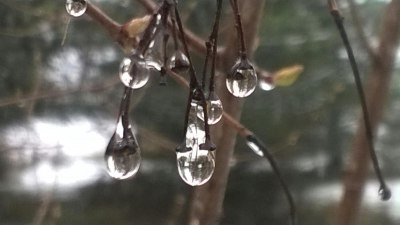
The phenomenon of raindrops freezing on contact is a fascinating aspect of meteorology and fluid dynamics. This occurrence is not completely uncommon, especially in colder climates or during specific weather events. Understanding why some raindrops freeze upon contact involves examining factors such as temperature, humidity, and the characteristics of the surfaces with which raindrops interact.
The Science of Freezing
Freezing is the process where liquid water transitions into ice, which takes place at 0 degrees Celsius (32 degrees Fahrenheit) under standard atmospheric pressure. However, the freezing of raindrops can occur at temperatures above this freezing point due to a variety of physical conditions. For instance, when liquid water droplets come in contact with surfaces below freezing temperature, they can instantly freeze depending on the conditions surrounding them.
Factors Influencing Freezing
Several factors influence whether raindrops will freeze upon contact:
1. Surface Temperature
The primary factor is the temperature of the surface where the raindrop lands. Surfaces such as roads, sidewalks, or cars can be significantly colder than the air temperature during winter months, especially at night or in shaded areas. If these surfaces are below zero degrees Celsius, any raindrop that contacts them is likely to freeze. A critical part of understanding this freezing phenomenon is recognizing the *critical surface temperature*, which is the minimal temperature at which the raindrop will freeze instantaneously upon contact.
2. Droplet Size
The size of the raindrop also plays a significant role. Larger droplets have more mass and heat content; thus, they can hold onto their temperature a bit longer before freezing. Conversely, smaller droplets tend to lose heat more rapidly due to a greater surface area-to-volume ratio. As they make contact with cold surfaces, they can quickly freeze. This is particularly noticeable during winter precipitation when small freezing rain droplets fall to earth.
3. Air Temperature
The ambient air temperature can provide clues regarding the potential for freezing on contact. If the air temperature is above freezing but surfaces are at or below zero, there exists a greater possibility for freezing rain events. This is especially true when a warm layer of air exists above colder air at the surface, creating a scenario where rain falls into cold air and freezes immediately upon contacting cold surfaces.
4. Humidity Levels
Humidity in the surrounding environment also affects raindrops. High humidity can lead to the formation of supercooled water droplets. Supercooled droplets are liquid at temperatures below freezing and can remain in a liquid state even when the temperature dips below zero degrees Celsius. When these supercooled droplets contacts a surface, the more rapid decrease in temperature can lead to instant freezing, contributing to hazardous conditions, such as icy roads.
5. Wind Chill
Wind can also play a significant role in cooling surfaces. The concept of wind chill describes how wind can lower the temperature of objects, contributing to colder surface conditions. In windy conditions, the effective temperature at which a raindrop hits a surface can be reduced, enhancing the chance of freezing. This leads to conditions where raindrops can freeze quickly upon contact with surfaces.
How It Affects Weather Conditions
The freezing of raindrops upon contact has significant implications for weather conditions, especially in winter storms. When rain freezes, it can lead to the formation of ice on roadways, power lines, and trees, creating harmful and hazardous conditions for transportation and infrastructure. This can lead to ice storms, where significant accumulation of ice occurs, leading to power outages and treacherous driving conditions.
Freezing Rain Events
Freezing rain is a type of precipitation that occurs when rain falls through a layer of cold air near the surface. The rain droplets maintain their liquid state, as they do not freeze until they hit the cold surfaces. The result is a layer of ice coating the ground and any object upon which the freezing rain falls. This phenomenon can be dangerous, causing accidents and leading to significant socioeconomic impacts, including traffic accidents and structural damage due to the weight of the ice.
Preventative Measures
Communities frequently prepare for winter weather conditions to mitigate the impacts of freezing rain. Efforts include salting roads, utilizing sand for traction, and maintaining public awareness about weather conditions. Infrastructure must be designed with the potential for ice accumulation in mind. Understanding these dynamics allows engineers and urban planners to develop systems that can withstand icy conditions.
Takeaway
The freezing of some raindrops on contact is a multifaceted phenomenon influenced by several environmental factors including temperature, droplet size, humidity, and surface properties. By understanding these interactions, meteorologists can better predict freezing rain events and their potential impacts on society. Overall, the study of why some raindrops freeze on contact enhances our knowledge of meteorological conditions and how they affect everyday life, particularly during cold weather scenarios.



